1886 shipwreck is found ‘remarkably intact’ in Lake Michigan using clues from old newspaper clipping: Steamship Milwaukee sank after colliding with another vessel
Nearly a century and a half after a ship sank in Lake Michigan, explorers have discovered the wreck “remarkably intact” after following clues from newspaper clippings from the 1880s.
The steamship Milwaukee sank after colliding with another ship in 1886. It was found about 370 feet below the lake’s surface, explorers from the Michigan Shipwreck Research Association announced this weekend at the organization’s annual film festival.
Researchers say they first located the wreckage last June using sonar technology. They further explored the sunken ship with a remote-controlled vehicle that could map the depths of the lake.
According to CBS NewsValerie van Heest – who created the search grid that found the ship – said it was “newspaper accounts of the sinking that provided the clues we needed to locate the shipwreck.”
The only known photo of the Milwaukee steamship that was sunk in Lake Michigan nearly 140 years ago
Papers from July 1886 described a course the Milwaukee had set for Muskegon, Michigan, where it would pick up lumber that it would then transport to Chicago.
The course was very similar to that of the C. Hickox, which left Muskegon for Chicago on the same day in July, with a cargo of lumber and a schooner ship in tow.
At the time, the Milwaukee was owned by businessman Lyman Gates Mason, whose lumber company was responsible for the product the ship would carry.
The 41 meter long ship originally had three decks, including one for passengers. But after the Wall Street Panic of 1873, many ships, like the Milwaukee, were repurposed to carry fewer passengers and more freight.
Mason purchased the Milwaukee in 1883 and converted it solely for the purpose of transporting lumber – although it is unclear exactly how he modified the ship, as there are no known historical records or photographs of the changes made.
On the day of the crash, the lake was calm, although smoke from Wisconsin wildfires hung in the air.
The ships found themselves on a collision course for each other, a situation made worse by the fact that the captain of neither ship followed the then modern rules of navigation, which would have required them to slow down, turn right and sound their steam whistles sound.
The captain of the Hickox, who had very limited visibility due to ‘dense fog’, finally turned around and tried to blow his steam whistle.
But the chain attached to the whistle broke and a short time later the Hickox crashed into the side of the Milwaukee.
The MSRA said “pandemonium broke out on the Milwaukee. The captain went below deck and saw water rushing in.”
Two hours after the crash, the Milwaukee sank to the bottom of the lake. Everyone on board reached the Hickox safely before the ship descended to its watery grave.
One investigator said the exploration team found the wreckage after just two days of searching because of the detailed accounts of the accident.
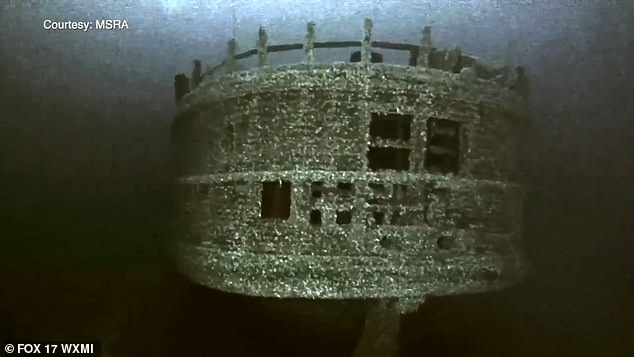
The freighter sank in July 1886 when a similar ship, carrying timber along the same route, struck its side.
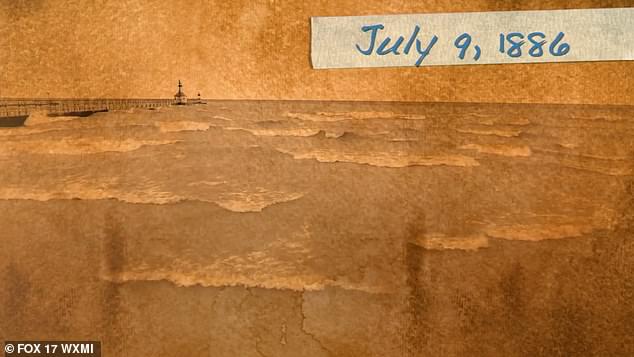
Researchers say their discovery was significantly aided by reports in local newspapers dating back to the week the ship sank
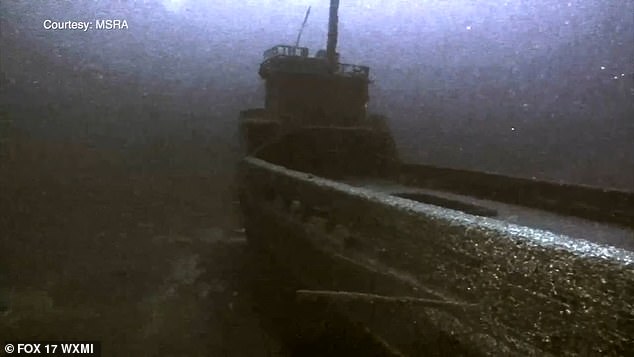
The team says they searched for the sunken wreck for just two days before finding it – thanks in part to ‘excellent visibility’
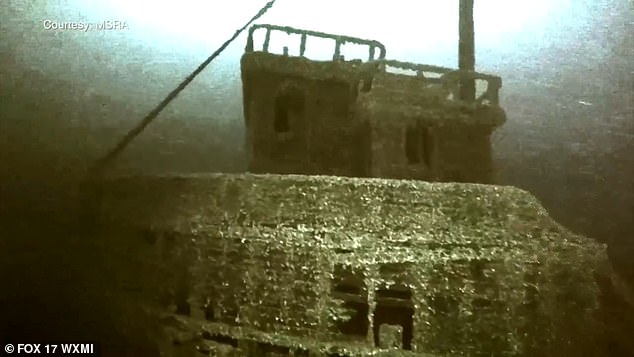
Researchers used an underwater robot to capture impressively clear images of the wreck, which they shared over the weekend
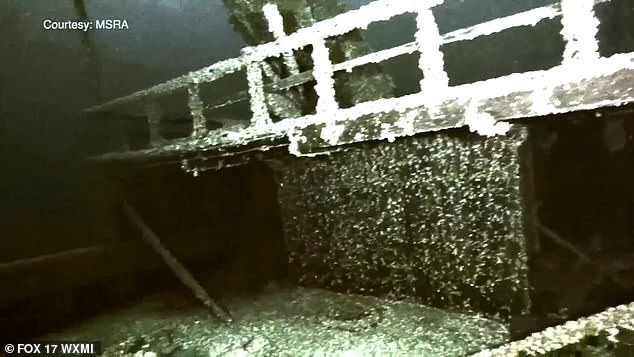
Researchers say the Milwaukee is in exceptionally good condition for a 140-year-old sunken ship. Based on their images, the research team was able to determine what adjustments were made to the ship when it became a cargo ship
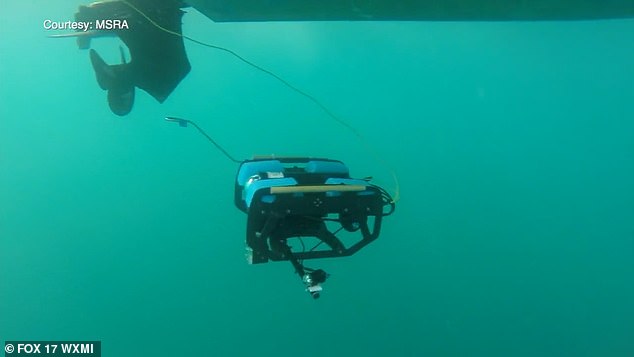
Researchers say they first located the wreckage last June using sonar technology. They further explored the sunken ship with a remote-controlled vehicle that could map the depths of the lake
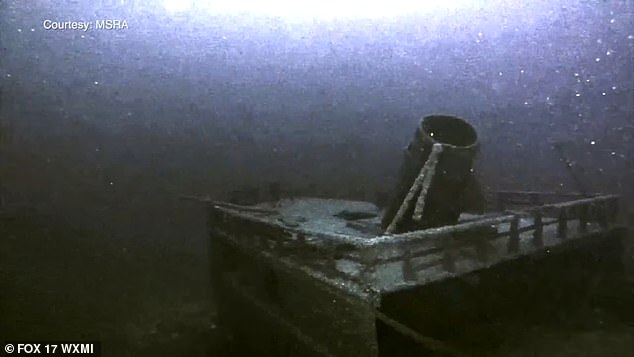
The Milwaukee is the second sunken ship in just a few months to be found hundreds of feet below the surface of Lake Michigan.
Jack van Heest, who piloted the ROV for the team, said the visibility of the lake bottom was excellent.
“We saw the forward mast still standing as the ROV went to the bottom.”
After the collision in 1886, both captains temporarily lost their licenses.
MSRA wrote, “Slowing down in the face of danger may be the most important lesson this shipwreck can teach.”
The announcement of the discovery comes only after a man and his daughter came across the remains of another ship in 1871 that sank in Lake Michigan fifteen years before the Milwaukee.
